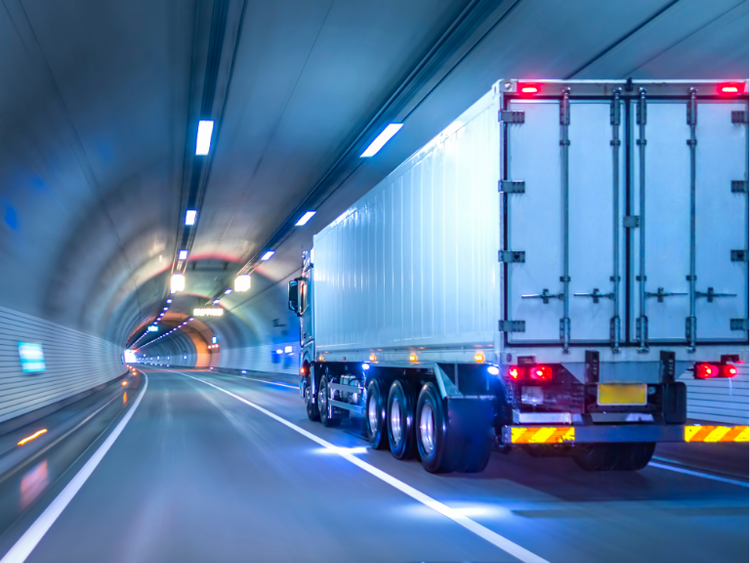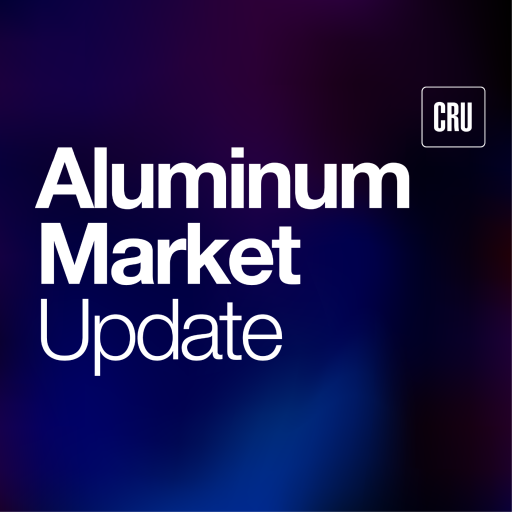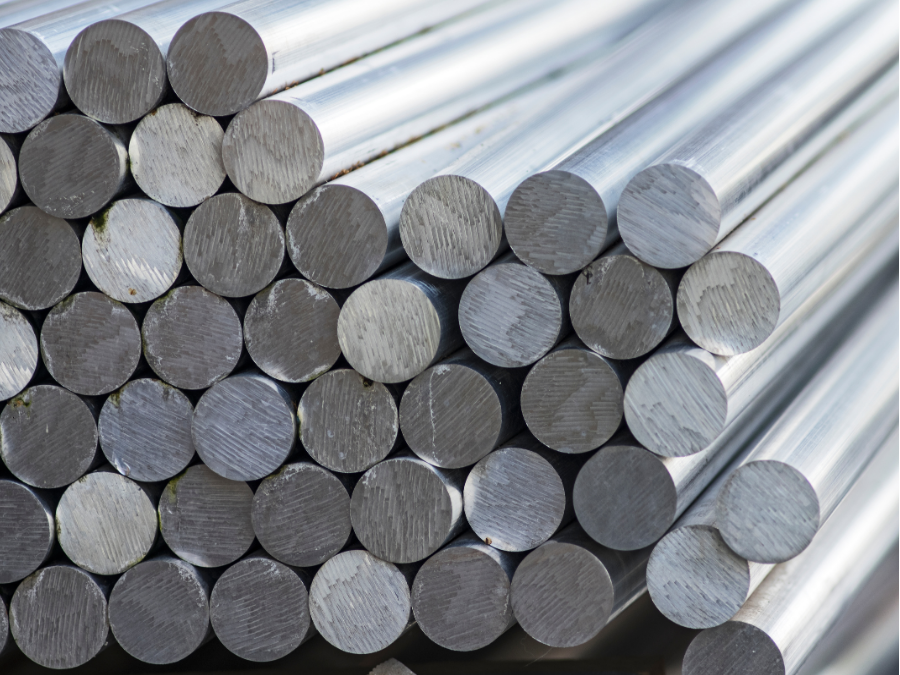Global Trade

November 11, 2025
Fundamentals for the truck and trailer markets, Part 2
Written by Greg Wittbecker
This is Part Two of a look at the commercial trucking sector and its impact on aluminum. You can read Part One here.
The truck and trailer sector is important to the aluminum market, as the lightweight metal is used extensively in vehicle structures. In Part One, we examined the challenges this segment of the commercial vehicle sector is facing — cost inflation, revenue challenges, excess freight capacity and other issues.
Now, let’s look at some of the fundamentals.
Trailer backlogs have been shrinking as orders continue well below historical average
September trailer orders were 11,300 units, down 5% year on year, but up from August’s meagre 9,100 units. Year-to-date bookings are 131,200. The industry is not replacing units coming off the assembly lines with new orders. At present we are around 4.2 months of backlog versus build rates. This compares to the recent peak of 11.8 months in mid-2020 and long-term average backlogs that run about 5.7 months. In absolute terms, we have about 75,000 units waiting to be built, according to Act Research.
The tepid rate of orders in September, combined with the backlog, means the industry is poised to produce less than 200,000 units for 2025. This would compare to production levels last seen in 2010.
Truck orders have remained modest but disciplined manufacturing is preserving the backlog. September Class 8 orders were slightly under 21,000 units, which represents a steep decline of 44% year on year. The estimated backlog is 6.2 months, which is the highest it has been since the middle of 2020, according to Act Research.
This may seem counter-intuitive with orders slack as they are. OEM are dialing back assembly rates to keep costs in check and preserve margins on the business they have. Paccar, one of the leading OEMs, forecast industry sales in the range of 230,000-245,000 units for 2025. They forecast 2026 to be 230,000-270,000 units.
The big variable now is the effect of the Trump administration’s 25% tariffs on medium and heavy-duty vehicles (MHDV).
The effect of 25% tariffs on medium and heavy-duty truck imports
The Trump administration imposed 25% tariffs on MHDV, effective Nov. 1. The decision was rationalized on the grounds of national security, citing the following vulnerabilities:
- 70% of all U.S. freight moves by truck.
- 50% of all Class 8 trucks are imported.
- There is substantial dependence on imports for critical parts.
One important carve out to the tariff stated the 25% duty would only apply to non-US content in assembled MHDV imported to the US.
The knock-on effects of this is our USMCA partners feel the brunt of this tariff.
Here’s a look at the leading MHDV importers in 2024:
| Country | Units |
| Mexico | 154,130 |
| Canada | 43,258 |
| China | 25,957 |
| Japan | 16,041 |
| Germany | 5,167 |
Source: U.S. International Trade Administration
Under USMCA, medium- and heavy-duty trucks are tariff free into the US if at least 64% of a heavy truck’s value originates in North America, via parts like engines and axles, raw materials such as steel, or assembly labor. This import tax exempts ONLY the US-origin content, not the full vehicle.
Mexico is home to 14 manufacturers and assemblers of buses, trucks, and tractor trucks, and two manufacturers of engines, according ITA. The list includes household names: Daimler, PACCAR, Navistar, Volvo, Isuzu, and Scania. Huge investment is at risk, and it is far from clear how these tariffs will square with the legacy provisions of USMCA.
The imposition of these duties obviously pushes sticker prices up for carriers. That postpones decisions to buy.
Why this matters
This article has unpacked a lot about the trucking industry. Let’s summarize the key swing factors that could impact future demand.
Trucks
Positives
- Freight rates may increase to boost revenues and stimulate capital budgets, reduction in non-domiciled CDL carriers could reduce capacity and promote high rates.
- Trucks may claw back volume as onshoring increases at the expense of imported goods, which have been shifted to long haul movement by rail and intermodal.
- The total fleet is old and needs replacement. Attracting new drivers means having modern, more comfortable equipment with the latest bells and whistles.
Negatives
- Tariffs on MHDV could kill short-term demand from carriers facing higher prices and domestic OEM are not offering any discounts to buy American.
- New safety requirements for Automatic Emergency Braking (AEB) on new trucks will raise cost; existing fleets will NOT be required to retrofit so carriers will extend life of fleet versus buying more expensive new trucks.
- Lowering of emission standard and uncertainly over nitrogen oxide will discourage carriers from buying new equipment.
Trailers
Positives
- Drop and hook shipments will grow vis-a-vis live loading. Carriers want to keep the most valuable asset — the driver — driving. Deploying larger pools of trailers facilitates this and encourages higher build rates.
- Onshoring increases at expense of imported goods as per above.
- The total fleet is old and needs replacement. Attracting new drivers means having modern, more comfortable equipment with the latest bells and whistles.
Negatives
- Trailer fleet young after big build rates 2018-2020.
- New safety requirements for Automatic Emergency Braking (AEB) on new trailers will raise cost.
- Raising weight limits will discourage lightweighting to increase revenue weight share of gross.






